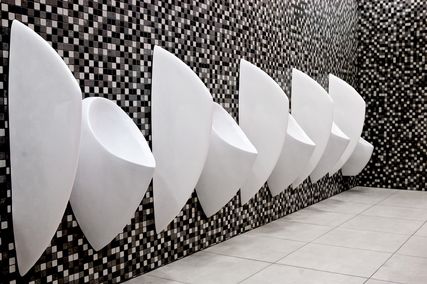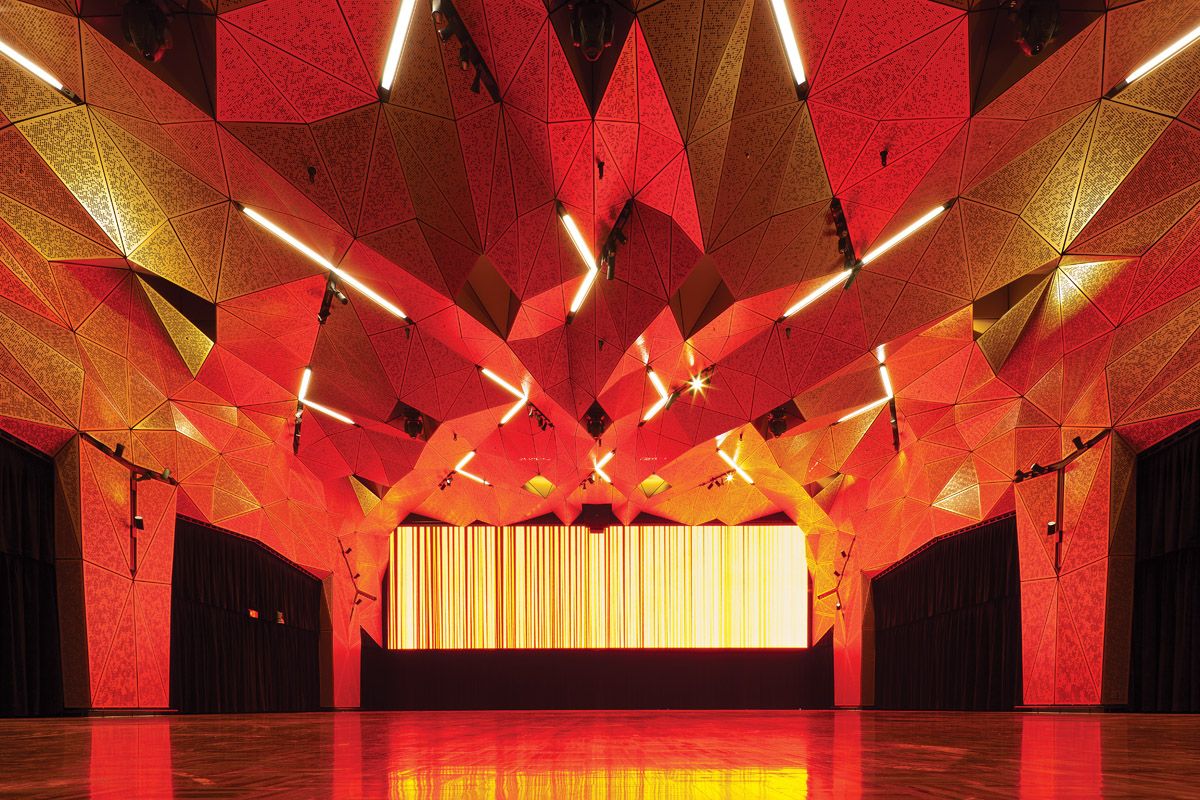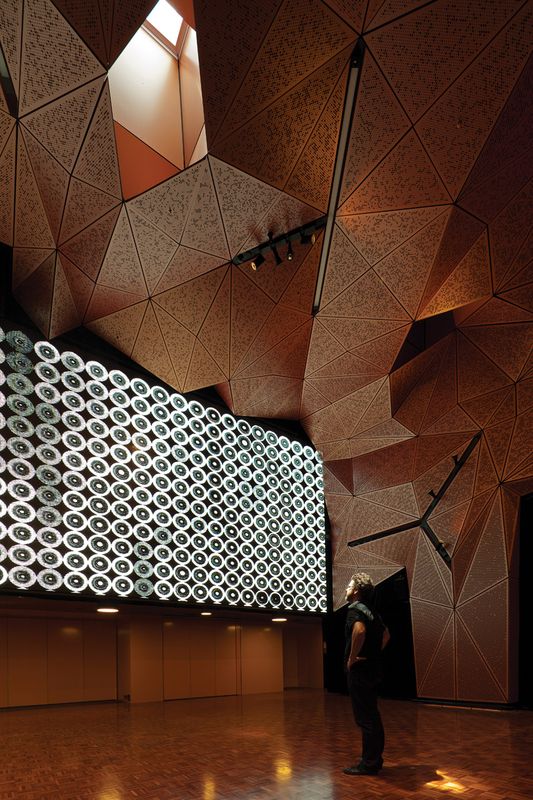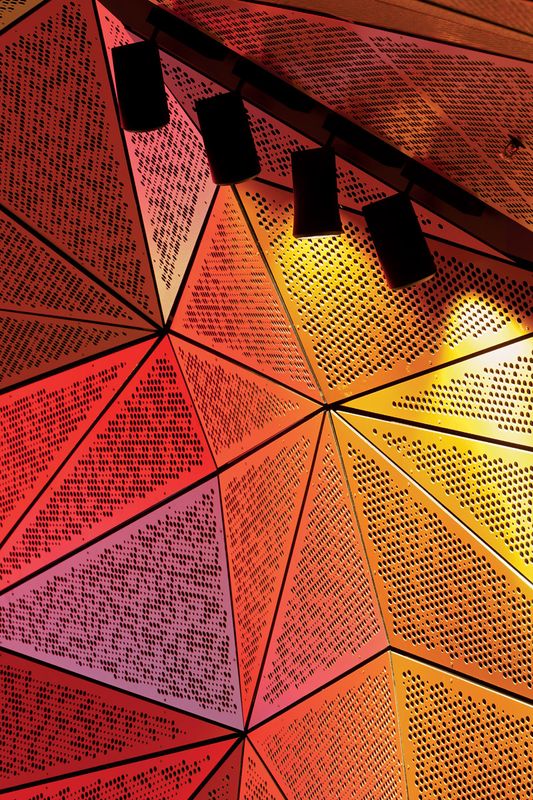“You never change things by fighting the existing reality. To change something, build a new model that makes the existing model obsolete.” — R. Buckminster Fuller, quoted in The New Global Frontier, Earthscan, London, 2008.
Lately there has been some hand-wringing about architecture’s supposed loss of agency — its inability to engage with, and effect meaningful change upon, an increasingly complex and constantly changing society. These concerns are not without substance. If the agency of architecture is reduced to describing the mere appearance of a building, then the discipline risks being marginalized to the role of a Photoshopping style consultant to the general contractor. However, part of the destabilization in the way one practises architecture is due to the means and methods of materializing architecture. And in this shift lies great potential for architects.
The way we design and execute buildings is changing. Construction is converging with manufacturing. Rather than using raw materials to construct architecture on site in tandem with the installation of proprietary systems, architects are increasingly involved in the prefabrication of their own building elements, and even their materialization. This is not some Fordist dream to pump prefabricated houses out of an assembly line like cars, nor for the mass customization of building parts. Rather, it is a project of massive customization of every component. It is the desire for a highly specific, intentional and bespoke architecture that moves away from standardized building. While this methodology has been increasingly common over recent decades, the difference today is that all of this can be created between small manufacturing workshops and the architect — the tools are there for all. When everything is custom designed, it allows architects to exercise design intent over a total project.
These changes to construction methods impact on how we document our designs. Rather than producing a traditional set of contract documents for a builder to subcontract, it is increasingly common for architects to work directly with subcontractors in order to produce direct-to-fabrication packages. These packages do not contain your typical set of architectural drawings. Rather, they are spreadsheets of quantities, material take-offs, assembly diagrams and machine codes to instruct computer-numerically-controlled machines.
Some of the forces that are moving architecture into the workshop are cost, control and complexity. Labour is one of the most expensive and unpredictable costs in construction; site labour is approximately three times the cost of workshop labour. With a current focus on economic efficiency, the first strategy to reduce the overall cost of a building is to reduce labour.
The problem with this strategy is that it often carries with it the unintended result of also reducing building quality. This can lead to a sacrifice in design specificity for construction quality. If skilled labour is redirected into the factory, aided by the continuing advancement of machine automation, costs can be reduced and the potential for architecture enlarged. In the factory, quality is controlled, dimensional accuracy is ensured and material waste is minimized, since off-cuts can be reused or recycled. The complexity of some jobs is alone responsible for the move to prefabrication. The desire for non-standard architecture requires an enormous amount of planning and detail, often resolved down to the screw holes.

A series of chevrons built into the surface of the mantle accommodates track and accent lighting.
Image: Brett Boardman
The desire for complexity, the need for control and the minimization of cost are visible drivers in the recently completed University of Technology, Sydney Great Hall by De Manincor Russell Architecture Workshop (DRAW). The facade contractor engaged AR-MA (my architecture practice) to design the substructure and fixing system for the mantle, provide a comprehensive bill of materials (down to the number of rivets and screws), rationalize geometry to minimize material, move as much site labour to the workshop as possible, export CNC fabrication packages, provide assembly and installation diagrams and work within the constraints of manufacturing. The resulting 850 square metres of internal facade included 1010 unique panels, 3030 angles, 4120 threaded rods, 6411 rivets and more than 1.2 million perforations.
Technology facilitates these changes, but in order to have meaningful input into the execution of complex works of architecture, we need to engage with fabricators by integrating manufacturing knowledge into design. This includes understanding the computer. This tool already occupies such an important position in our work, yet its own workings often remain a mystery: a series of buttons and clicks that we effect in order to create the magic inside the black box — or white, if you prefer Apple. Hardware and software combine to create a covered and opaque system of input and output, from which we are ostensibly protected. This protection from our tools, however, as if we would somehow hurt ourselves, alienates us from the means and methods of our work. It seems incredible that a discipline that designs bespoke and specific objects uses standardized, off-the-shelf software. One must hack open these black boxes to gain control over our working methods.
Learning to write our own software and create our own custom ad hoc tools is enormously empowering. It exposes and explodes the very constrained world of commercial software. This is not about open-source software. This is about hacking open software. It is possible and beneficial to make and remake our tools for each task. One no longer needs to play with the rough and clumsy tools of others, but rather experiment with precise and intentional instruments. Does your office have a programmer?
The UTS Great Hall, for example, required us to write scripts so that we could build a comprehensive virtual construction model that linked design with fabrication. We worked directly with DRAW to design the perforations of the panels, a complex task that required custom software that could integrate multiple and conflicting criteria: aesthetic desires, manufacturing constraints and acoustic performance.
Perforated ceiling panels of the UTS Great Hall, developed with AR-MA.
Image: Brett Boardman
While only 1.2 million perforations were required for acoustic performance, the design task was to maximize pattern differentiation across the mantle, while still maintaining a minimum of 16 percent transparency in any one panel, and an average of 30 percent transparency overall. This was only possible through building a specifically designed tool that could integrate a design and manufacturing logic. When unforeseen changes occurred, such as a change in the percentages of transparency, it was possible to re-output the entire shop drawing and fabrication packages in a matter of hours.
Changing the way we think about design and manufacturing radically alters our definition of rational building. There is no longer a need to work with modules, grids or repetitive elements. Everything can be unique and specific. Rather than thinking in terms of grids, we can think in terms of relational design systems, where every detail is logically and rationally differentiated, distributed and local. It is emancipation, where we give ourselves more freedom for design, with greater ability to be intentional and specific.
Change can be a fraught process that requires relearning and rethinking. However, if we don’t engage with these changes we risk losing agency in our own designs. Our role becomes merely to conceptualize the look and feel of a project, and to leave the rest to others — including the computer. Alternatively, if we engage with the means and methods of our work, we stake a claim in their production — we write our own script.
Source
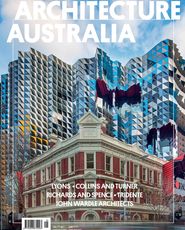
Discussion
Published online: 17 Jan 2013
Words:
Robert Beson
Images:
Brett Boardman
Issue
Architecture Australia, September 2012







